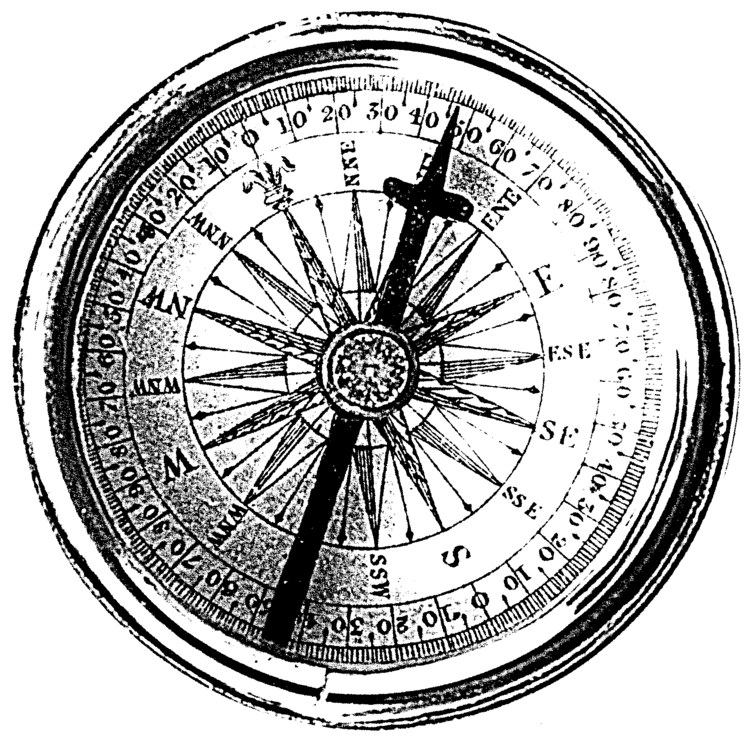You may not have noticed, but today is World Refugee Day. The UNHCR Global Trends Report is not an easy read….But it gave me absolute clarity on two things:
Firstly, here in Australia, we may still be the lucky country, but we are definitely not the generous country.
Secondly, my tolerance of complaints about the hardships resulting from Covid in this country is wearing thin.
I know statistics don’t normally lead to genuine empathy, so perhaps the photographs will add an emotional counterpoint to the hard cold reality of the numbers. Please keep scrolling through to the bottom. It’s important that we know what’s going on here.
2020 was the ninth year of uninterrupted rise in forced displacement worldwide. Today, one per cent of humanity is displaced and there are twice as many forcibly displaced people than in 2011 when the total was just under 40 million.
Despite COVID-related movement restrictions and pleas from the international community for a ceasefire that would facilitate the COVID-19 response, displacement continued to occur – and to grow. As a result, above one per cent of the world’s population – or 1 in 95 people – is now forcibly displaced. This compares with 1 in 159 in 2010.
82.4 million have been people forcibly displaced globally (79.5 million in 2019) – a 4 per cent increase
This is made up of
26.4 million refugees (26.0 million in 2019)
48.0 million internally displaced people (45.7 million in 2019)
4.1 million asylum-seekers (4.1 million in 2019)
3.9 million Venezuelans displaced abroad (3.6 million in 2019)
More than two thirds of all people who fled abroad came from just five countries: Syria (6.7 million), Venezuela (4.0 million), Afghanistan (2.6 million), South Sudan (2.2 million) and Myanmar (1.1 million). The vast majority of world’s refugees – nearly nine in 10 refugees (86 per cent) – are hosted by countries neighbouring crises areas and low- and middle-income countries. The Least Developed Countries provided asylum to 27 per cent of the total.
In the early phase of the pandemic, UNHCR and the International Organisation for Migration put on hold resettlement departures for several months amid border and travel restrictions around the world. While these activities subsequently resumed, only 34,400 refugees were resettled to third countries in 2020, two-thirds of them assisted by UNHCR. This compares to 107,800 the year before and marks a dramatic 69 per cent decline – at a time when 1.4 million refugees are estimated to be in need of resettlement.
Between January 2009 and December 2018, Australia recognised or resettled 180,790 refugees. This represented 0.89% of the 20.3 million refugees recognised globally over that period. Australia’s total contribution for the decade is ranked 25th overall, 29th per capita and 54th relative to national GDP.
In 2020 Australia’s border closed to everyone other than Australian citizens and permanent residents and so pathways for asylum seekers and refugees to travel to Australia and apply for protection are effectively closed
Taken in 2019 at Kakuma Refugee Camp on the South Sudanese border. These photographs are part of an ongoing project after being commissioned to document the realities of refugee life.














